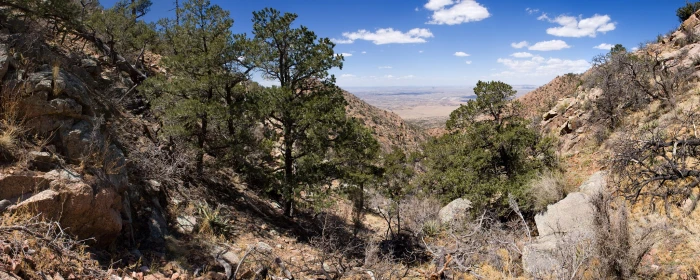Dewystem Willow
(Salix irrorata)
Dewystem Willow (Salix irrorata)
/
/

Patrick Alexander
CC0
Image By:
Patrick Alexander
Recorded By:
Copyright:
CC0
Copyright Notice:
Photo by: Patrick Alexander | License Type: CC0 | License URL: https://creativecommons.org/licenses/by/2.0 | Uploader: Josve05a | Publisher: Wikimedia Commons |





Estimated Native Range
Climate Requirements for Edwardsville, Illinois
| This Plant | Your Site | Plant Suitability for Your Location | ||
|---|---|---|---|---|
| • Precipitation | 9" - 56" | 38" | Aquatic | Aquatic |
| • High Temp. | 65°F - 98°F | 88°F | Your summer temperatures are normal for this plant. | Excellent |
| • Low Temp. | -6°F - 41°F | 19°F | Your winter temperatures are normal for this plant | Excellent |
This plant may not grow well at your location - your precipitation is too high.
Summary
Salix irrorata, commonly known as Dewystem Willow, is a deciduous shrub native to riparian zones, wetlands, and moist open woodlands in the Southwestern United States. It typically grows to a height of 6-10 feet (1.8-3 meters) and a width of 10-15 feet (3-4.6 meters). The Dewystem Willow has a bushy habit and is noted for its attractive, bluish-white stems that become more pronounced in winter, providing year-round interest. Its leaves are narrow and elongated, and it produces catkins that are not particularly showy but add a subtle charm in early spring.
The Dewystem Willow is valued for its ability to thrive in wet conditions and its ease of maintenance. It is often used for naturalistic plantings, erosion control, and as a wildlife habitat, offering food and shelter for various species. Regular coppicing is recommended to maintain its size and to enhance the stem coloration, which is most vibrant on new growth. This shrub is best suited for full sun to part shade and requires abundant water, reflecting its natural preference for moist environments. It is adaptable to a range of soil types, provided they are well-draining. While it has received the Royal Horticultural Society’s Award of Garden Merit, gardeners should be aware that willows can be susceptible to pests like aphids and diseases such as willow scab and black canker.CC BY-SA 4.0
The Dewystem Willow is valued for its ability to thrive in wet conditions and its ease of maintenance. It is often used for naturalistic plantings, erosion control, and as a wildlife habitat, offering food and shelter for various species. Regular coppicing is recommended to maintain its size and to enhance the stem coloration, which is most vibrant on new growth. This shrub is best suited for full sun to part shade and requires abundant water, reflecting its natural preference for moist environments. It is adaptable to a range of soil types, provided they are well-draining. While it has received the Royal Horticultural Society’s Award of Garden Merit, gardeners should be aware that willows can be susceptible to pests like aphids and diseases such as willow scab and black canker.CC BY-SA 4.0
Plant Description
- Plant Type: Shrub
- Height: 6-10 feet
- Width: 10-15 feet
- Growth Rate: Moderate
- Flower Color: Yellow
- Flowering Season: Spring
- Leaf Retention: Deciduous
Growth Requirements
- Sun: Full Sun
- Water: High
- Drainage: Fast, Medium
Common Uses
Bee Garden, Bird Garden, Butterfly Garden, Deer Resistant, Low Maintenance, Salt Tolerant
Natural Habitat
Riparian zones, wetlands, and moist open woodlands
Other Names
Common Names: Bluestem Willow, Sandbar Willow, Blue-Stem Willow
Scientific Names: Salix irrorata
GBIF Accepted Name: Salix irrorata Andersson